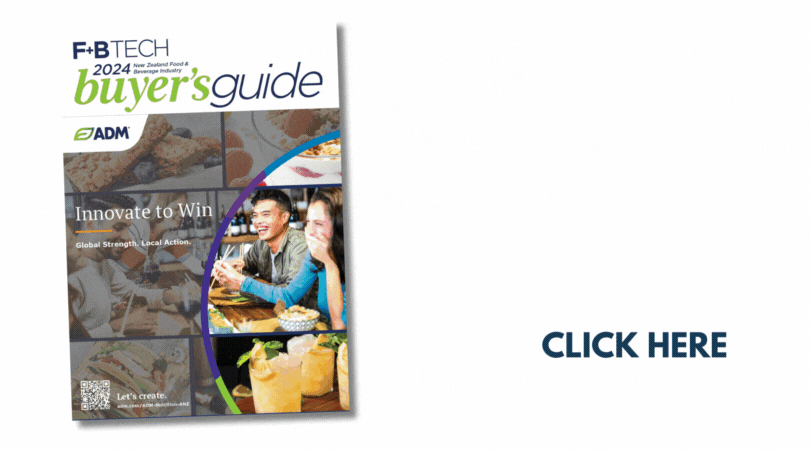As climate change makes itself felt like it never has before and driven by consumer perception and political pressure, the biggest trends in the packaging industry today revolve around a circular economy.
The slogan ‘reduce, reuse, recycle’ came to prominence in the late 70s, purportedly at the time the United States Congress passed the Resource Conservation and Recovery Act to increase recycling and conservation efforts as waste became a bigger issue.
Now, the world is rallying against the glut of plastic polluting our oceans and waterways, with regulations in the EU and UK placing the onus on the producer to increase recycling rates and recycled content while reducing single-use plastics and creating less waste.
Sustainability is an issue for many consumers, with nearly 80 percent stating they are willing to pay more for sustainable packaging to please a positive legacy for future generations. As the desire to make a difference grows, brands need to evolve their packaging and even their marketing strategies to keep up with rising consumer sentiment.
Tips for Going Green:

Make it Refillable
‘Use again’ is a concept modern consumers are embracing, evident in the number of retailers making the switch to more sustainable alternatives.
In Scotland, Asda has introduced its first refill store where consumers can fill up on an extensive range of branded and own-brand products in loose format as part of its drive to reduce plastic. The supermarket has partnered with a host of the UKs most popular household brands like Kellogg and Nestle to introduce the unpackaged goods within specific aisles of its store In Glasgow.
Here at home, The New World supermarket chain has launched a new refilling system to update the traditional self-serve bulk foods shopping experience. Called CareFillery, the bulk food ‘hubs’ are being rolled out in stores across the North Island, starting with New World Pukekohe and New World New Plymouth.
Category manager grocery at Foodstuffs North Island, Sally Williams, said they have been designed and researched “to reflect the changing needs of today’s more health and environmentally conscious New Zealanders”.
She cited research showing that 69 percent of Kiwis are looking to reduce how much food they waste, and 67 percent agree they want to reduce their packaging waste.

Design for Recycling
From separability to cleanliness, labelling and colouration, in order to be recycled, post-consumer packaging has to fulfil a long list of requirements. So, keep in mind the recycling infrastructure when designing your packaging.
Designing for recycling is becoming more imperative to future-proof a business, however, you must ensure recyclability equals actual recycling – preferable in a closed-loop system.
Reduce and Remove
While reducing and ultimately removing packaging is a win-win situation for both people and the planet, the purpose of the packaging must also be considered when assessing its environmental impact. If the packaging fails to fulfil its primary purpose of safeguarding the product’s quality, the product may spoil, be damaged and go to waste – leading to a greater impact on the environment than the packaging alone.
Businesses may need to adopt a new mindset to work within the limits of reduced packaging – such as a shorter product shelf-life. Communicate with your consumers about what you are doing and why, they will soon be on the same page, realising the benefits outweigh the drawbacks.

Out-of-the-Box Thinking
Think outside the box to upgrade your packaging, such as transforming custom boxes into an augmented experience, A.I or digital game. Some of these include 3D rendering of packaging artwork and interactive tours, allowing customers to interact with packaging in unique ways.
It is important to be an early adapter to emerging trends, particularly as packaging is an essential component of your customer’s journey and experience with your brand.
Shout Your Sustainability Message
Get your customers on board with your brand messaging – focus on the function of the packaging and how it has been changed to benefit diverse environmental impacts.
Brands that communicate and educate their fans on how to responsibly use and dispose of packaging are on the right track. By incorporating online experience through QR codes, for example, businesses will be able to easily provide content and information to their customers.






